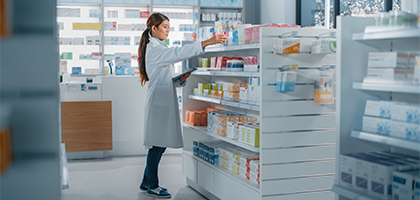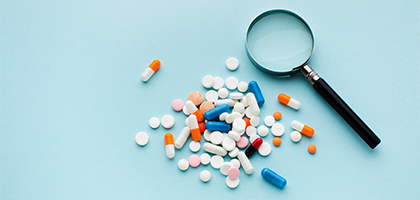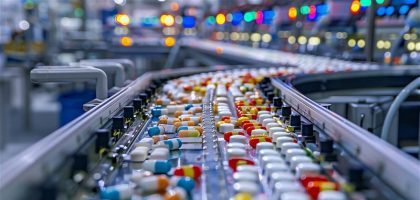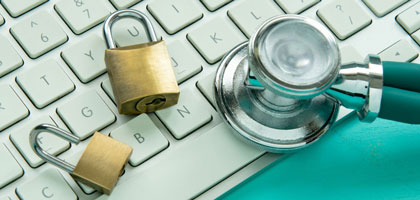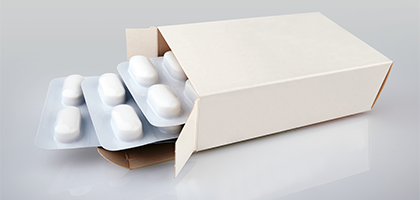
Insights
What Serialization Means for Pharma Manufacturing
World Health Organization states that at least 1 in 10 medicines in low- and middle-income countries are substandard or falsified. According to the agency, countries spend an estimated 30.5 billion US dollars annually on these compromised products, which represents a critical economic burden alongside the severe public health implications. Since these products cause treatment failure and contribute to drug resistance, various measures must be taken. As one of these measures, serialization plays an important role in pharma manufacturing.
Serialization facilitates drug traceability throughout pharmaceutical supply chains, supporting the prevention of counterfeit and substandard drugs from entering the market. In this blog, we focus on the answer of ‘‘What is serialization in pharma?’’ and the significance of pharmaceutical track and trace solutions like our award-winning DrugXafe.
What is Serialization in Pharma Manufacturing?
Before explaining pharmaceutical serialization, the question of ‘‘What is serialization?’’ must be answered. Serialization is the process of giving a unique, traceable serial number to individual units of a product. This process is applied for traceability, quality control, anti-counterfeiting, warranty tracking, and inventory management. Technology, healthcare, automotive, and aerospace are some sectors utilizing serialization for product integrity and supply chain transparency.
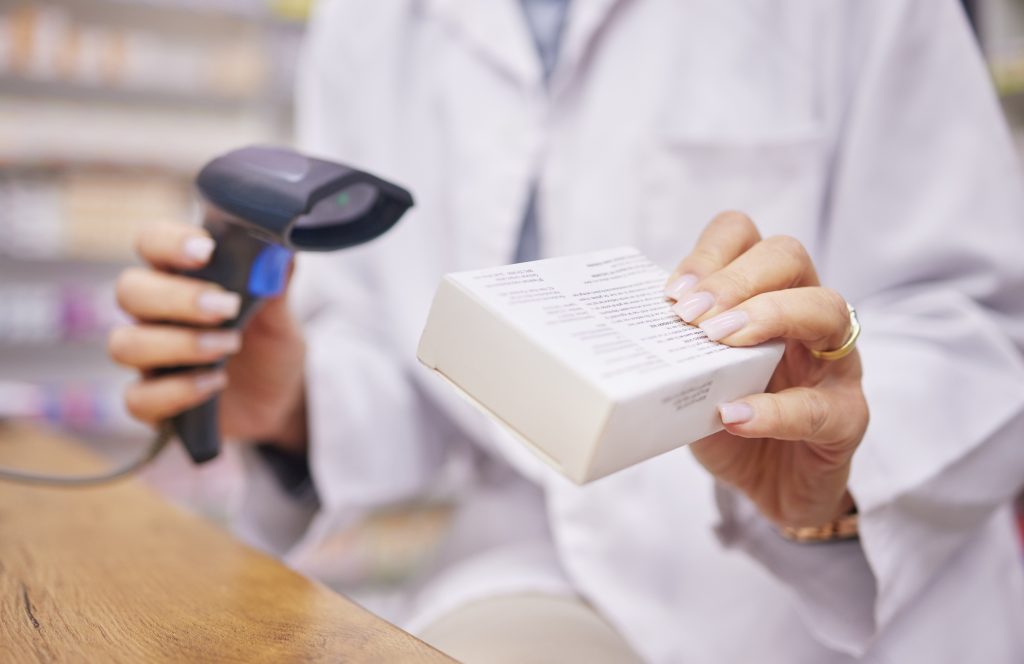
In healthcare, specifically for medicines, serialization assigns a distinct serial number to each individual saleable unit of a pharmaceutical product. As a QR code or data matrix code, the unique number is printed on the product packaging like medicine boxes and vials. The serialization of pharmaceutical products ensures that these products can be tracked throughout the pharmaceutical supply chain from manufacturer to patient.
According to different laws, pharmaceutical serialization is mandatory in many countries. For instance, the Drug Supply Chain Security Act (DSCSA) requires all prescription drug packages to have a unique product identifier in the United States since 2023.
On the other hand, European Union enforces this process in pharmaceutical manufacturing since 2019. Brazil, Türkiye, Saudi Arabia, India, South Korea, and China are also among the nations obligating drug serialization.
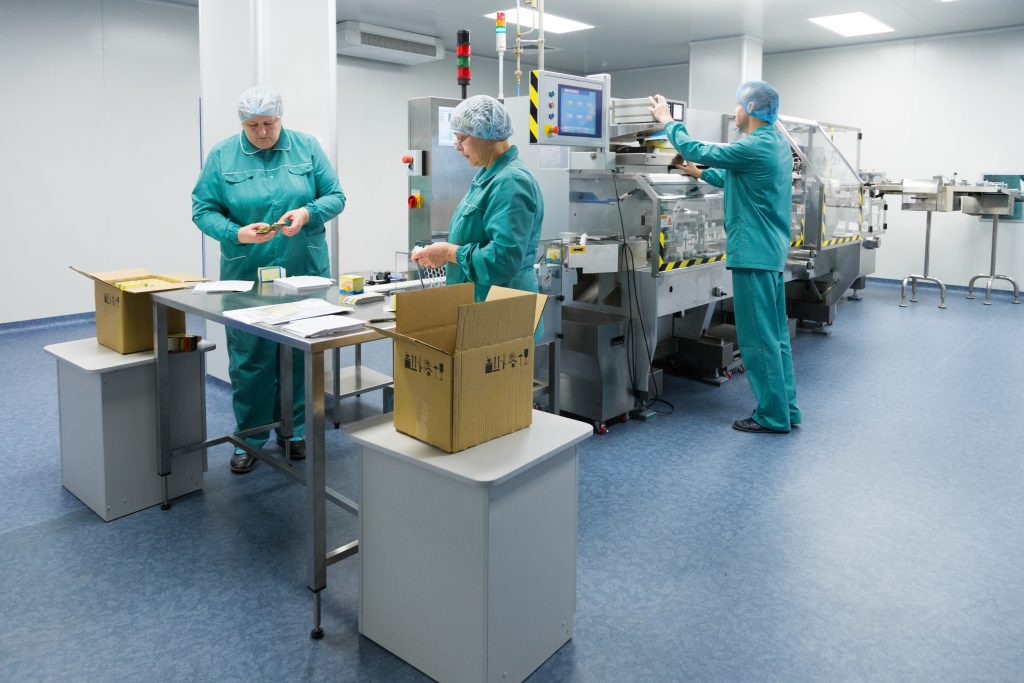
What are the Key Steps of Pharmaceutical Serialization?
Serialization process in pharma simply consists of five steps:
- GTIN Assignment: As the first step, Global Trade Item Number (GTIN) is assigned to each product type. GTIN identifies the product globally, and this number is independent of the batch or serial number.
- Serial Number Generation: In the second step, a unique serial number under the particular GTIN is generated for each saleable unit. Serial numbers can be numeric or alphanumeric. A serial number must never repeat within the product lifecycle.
- Data Aggregation: This step is optional but common; during the step, individual unit serial numbers are linked to cases, pallets, or batches. This procedure enables hierarchical tracking, and it is important for supply chain verification and recalls.
- Printing & Encoding: The unique identifier is printed as 2D Data Matrix barcode or human-readable numbers.
- Upload to National Database: In countries with serialization requirement, serialized data is uploaded to a national database. This includes GTIN, serial number, batch number, and expiry date.
Before pharmaceuticals are dispensed, pharmacists or other healthcare providers scan the unique identifier on the product packaging. This confirms the product’s authenticity and ensures that it has not been recalled or duplicated.
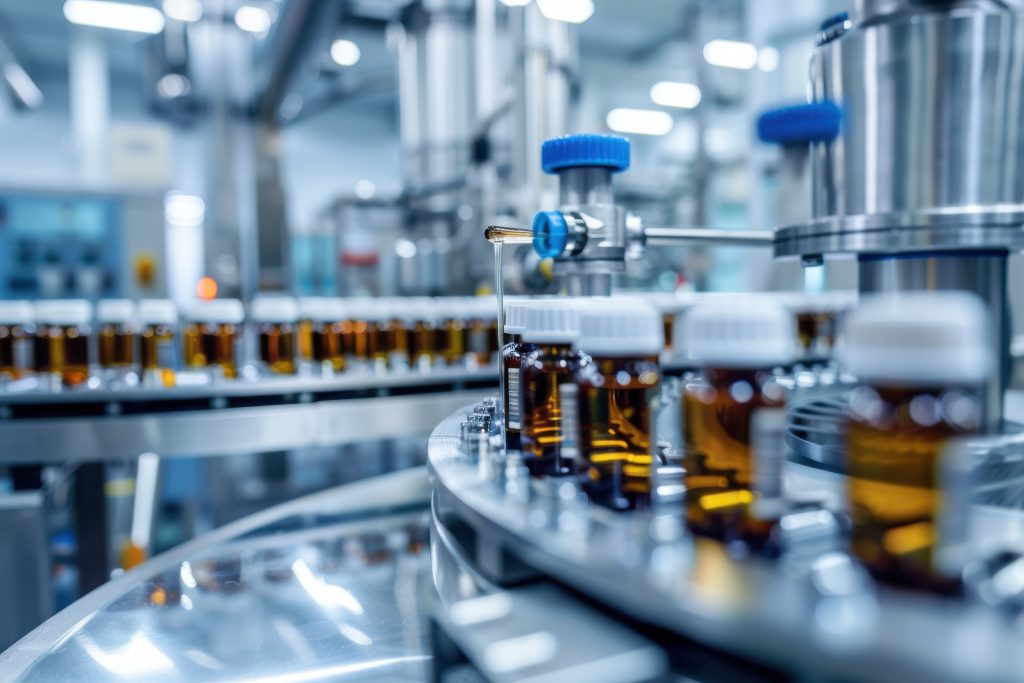
Why Serialization is Important in Pharma Manufacturing?
This process is extremely important in pharma manufacturing because it guarantees patient safety, regulatory compliance, and pharmaceutical supply chain integrity. It provides three main benefits explained below:
- Anti-Counterfeiting: Counterfeit medicines create a major global problem which can have serious or even fatal consequences. Serialization makes the replication of legitimate products impossible for counterfeiters. Also, pharmacies and healthcare providers can verify authenticity before dispensing. This process mainly ensures that patients receive authentic, safe, and unexpired pharmaceuticals.
- Drug Track and Trace: Thanks to serialization, each unit can be tracked throughout the entire supply chain, from manufacturer to end consumer. This enables quick identification of where a medicine came from, where it is, and where it is going. The situation is crucial during drug recalls.
- Pharmaceutical Supply Chain Management: This process makes inventory management more accurate and efficient. Moreover, it helps combat the diversion and theft of medicines by providing real-time visibility into product movement. Furthermore, it supports the monitoring of expiry dates and the prevention of dispensing expired drugs.
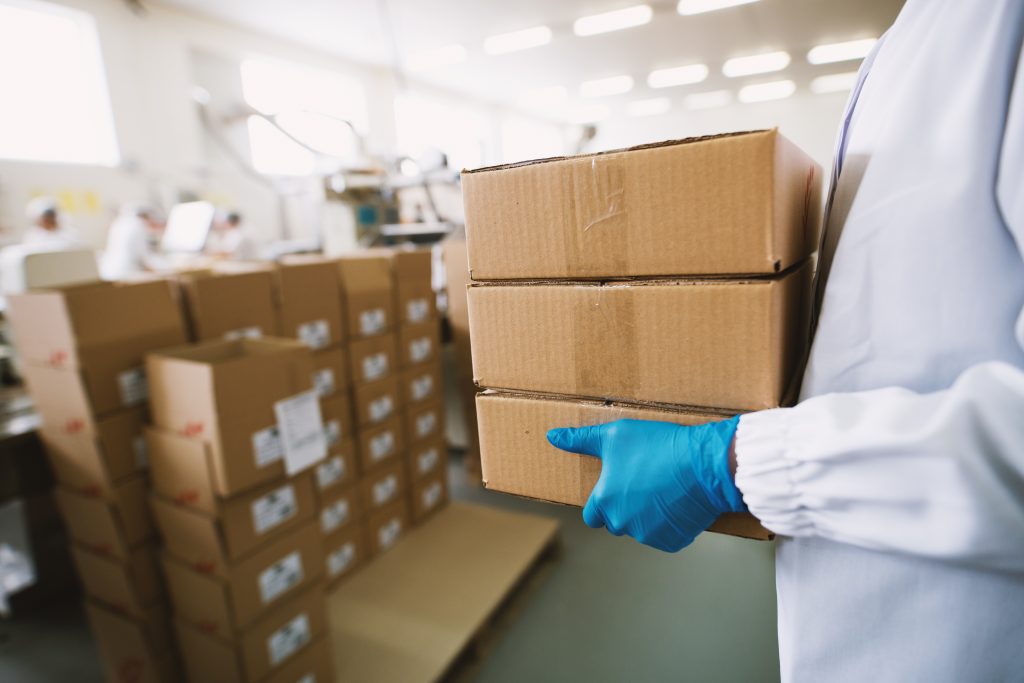
Pharmaceutical serialization is vital, but it comes with various challenges. For example, different countries have different laws and standards about this process. This necessitates complex compliance frameworks for manufacturers operating internationally. Additionally, serialization requires specialized printing, scanning, and IT systems, embodying high implementation costs.
Data management is another challenge; large manufacturers produce millions of units, leading to huge volumes of data. Due to this, ensuring data accuracy, synchronization, and security is complex. Moreover, serialization requires scan and verification at multiple supply chain points, and lack of coordination may cause delays or rejection of shipments.
In short, pharmaceutical serialization is significant for drug safety and regulatory compliance, but its implementation presents some obstacles in terms of regulatory differences, costs, technical complexity, data management, and supply chain coordination.

How Does Tiga’s DrugXafe Ensure Clean Pharmaceutical Supply Chains via Serialization?
Our Pharmaceutical Track & Trace System, DrugXafe, ensures a clean, safe, and counterfeit-free pharmaceutical supply chain by tracking and tracing serialized pharmaceuticals via 2D Data Matrix. This system focuses on every stage of the supply chain, including manufacturer/importer, wholesaler, warehouse, pharmacy, hospital, exporter, and reimbursement institution.
By following each serialized unit through its entire journey, DrugXafe assures that only safe, authentic, and officially approved medicines reach the public while eliminating unregistered or hidden transactions. Furthermore, it prevents unauthorized product movement and illegal parallel trade. When implemented, this solution ensures that pharmaceuticals cannot circulate without being monitored.
DrugXafe also protects patients through expiration and safety controls. For instance, it automatically blocks the sale of expired medicines, recalled drugs, and products with reported safety risks. Additionally, patients can benefit from DrugXafe Mobile App to access accurate drug information and report side effects.
As an innovative tech for health, DrugXafe creates complete transparency and safety by monitoring the national pharmaceutical supply chain end-to-end.

Conclusion
Serialization is the foundation of secure pharmaceutical supply chains. This process is the indispensable enabler for pharmaceutical track and trace systems like our DrugXafe. Unique identification and tracking of pharmaceutical products support the prevention of counterfeit and substandard drugs from entering the market. In conclusion, pharma serialization and pharmaceutical track and trace are pivotal in safeguarding public health.
Let’s shape the future together with clean and safe pharmaceutical supply chains!


